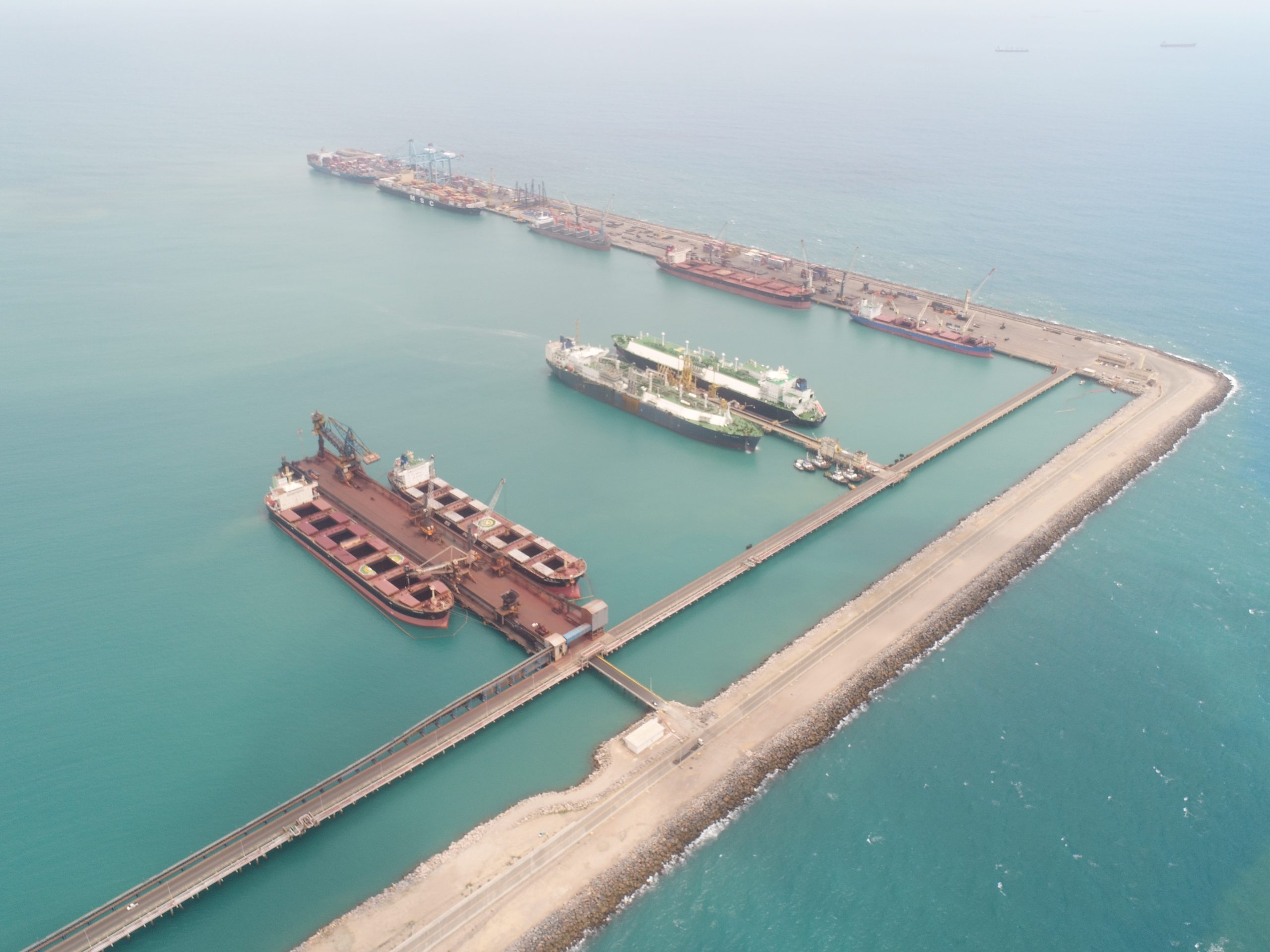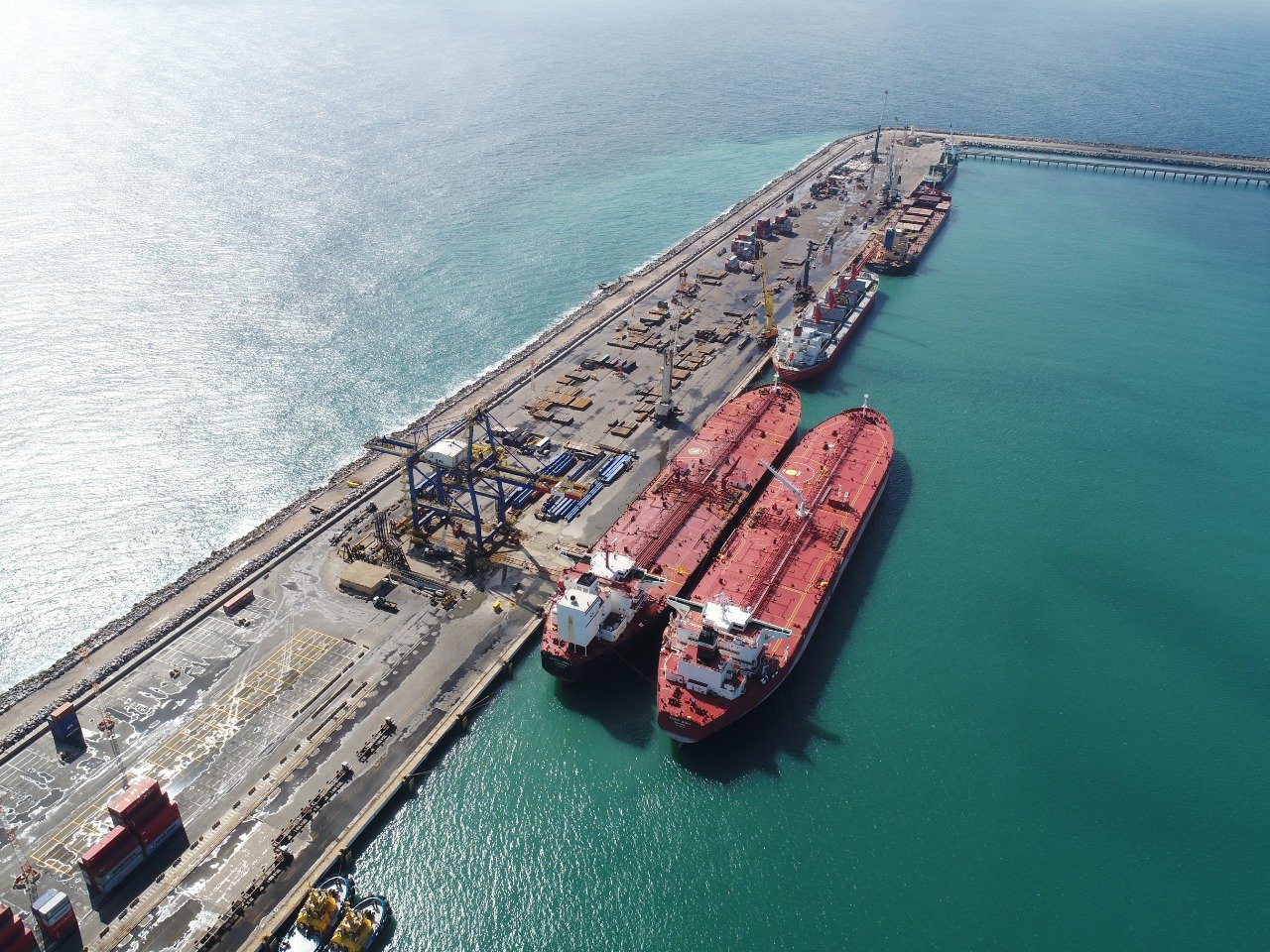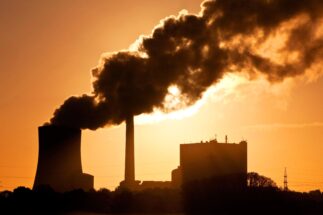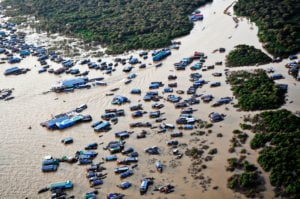An electric shock in water.
It sounds overly simplistic, but this is the process – electrolysis – that is used to make green hydrogen, the gaseous element that has already earned a nickname as the “fuel of the future”, and is seen as fundamental in the pursuit of greenhouse gas (GHG) neutrality by 2050, the goal of the Paris Agreement.
Brazil does not currently produce this energy source, but if a number of planned projects take shape, it could become a global protagonist of the emerging market, with particular prominence in the country’s Northeast Region, which comprises nine states.
Initial steps have been taken, especially in the state of Ceará, which in February launched the Green Hydrogen HUB project. This partnership involves the state government and the Federation of Industries of Ceará (FIEC) in attracting investors, the Federal University of Ceará (UFC) in technological development, and the Industrial and Port Complex of Pecém (CIPP) in the municipality of São Gonçalo do Amarante, which will house the hub.
Since then, Ceará’s secretariat for economic development has signed 12 memoranda of understanding (MOU) with companies from a number of different countries, interested in building electrolysis plants to produce green hydrogen for export. Diálogo Chino has mapped these projects and investments in the infographic below.

Electrolysis is the process of subjecting water (H2O) to an electric current. This charge separates the hydrogen (H2) and oxygen (O) molecules, to generate gas. If the electricity used to convert water into hydrogen comes from a clean source, such as wind or solar, there is no GHG emission in the process. This is where the name “green” hydrogen comes from.
Among the companies that signed MOUs is the Australian firm Enegix, which promises to invest US$5.4 billion to make its plant, named Base One, the largest green hydrogen plant in the world. The project foresees an annual production of 600,000 tonnes of gas.
This production could benefit a range of industries. Though the hydrogen-powered car market is in its infancy, one kilogram of the gas can power a car for 100 kilometres, so production on the scale of Base One could, for example, supply six million vehicles per year, if each one runs ten thousand kilometres on average.
“In 15 or 20 years, the Northeast could play a crucial role in the international green hydrogen market,” Ceará’s Secretary of Economic Development and Labour, Maia Junior, told Diálogo Chino.
“This will be one of the vectors of the new economy, and Ceará has created the infrastructure and tax conditions to be well placed [in this market], in addition to having ideal wind and sun.”
In 15 or 20 years, the Northeast could play a crucial role in the international green hydrogen market
Maia Junior’s assertions are based on the fact that Ceará has the only active Export Processing Zone (EPZ) in Brazil, ensuring tax and foreign exchange benefits. In addition, the Northeast region of Brazil has reliable winds, with stable wind speed that also does not frequently change direction. It also has a high average solar irradiance, which means there is good potential for the production of both wind and solar energy.
Another factor that helps the Ceará hub is that the Port of Rotterdam, Europe’s largest maritime terminal, owns 30% of the Port of Pecém. As Dutch entities are also developing a project for production, import and distribution of green hydrogen, this corporate relationship would facilitate exports to Europe of hydrogen produced in Ceará.
According to Maia Júnior, Ceará is still attracting investors but, for the projects to go beyond being primarily on paper, innovation is essential.
That’s where the Federal University of Ceará (UFC) comes in, which has created partnerships with companies that want to integrate with the hub project, aiming at technological development and training of professionals.
In September, the university signed an agreement with China’s MingYang Smart Energy, a manufacturer of renewable energy equipment, such as photovoltaic panels and wind turbines, as well as technology for offshore plants.
The agreement provides for an exchange between university professors and students and MingYang technicians, creating a joint research programme, as well as an offshore pilot project at Pecém.

In the neighbouring state of Rio Grande do Norte, a national leader in wind energy production, the electricity generated by the wind could also supply green hydrogen plants. Three companies have signed MOUs with this state to set up green hydrogen plants that will use energy supplied by future offshore wind farms.
Elsewhere in the Northeast, two companies foresee the installation of green hydrogen plants in the Port of Suape, in Pernambuco state. Away from the region, Australia’s Fortescue also has plans for a plant at the Port of Açu, in Rio de Janeiro.
“The Northeast will become an energy exporter, because it is a large producer of renewable energy, so it can supply the domestic demand and still sell,” says Mônica Saraiva Panik, director of institutional relations of the Brazilian Hydrogen Association. “The economic gain will be enormous. Green hydrogen will be a pillar in the global process of decarbonisation.
“It is not only in Brazil. Green hydrogen can change world geopolitics, because countries will not depend on gas or oil reserves. Whoever has renewable energy will stand out and this puts countries from Latin America, the Caribbean and Africa in the game.”
Prospecting from China
While companies beneath a number of flags have already announced future green hydrogen plants in Brazil, companies backed with Chinese capital operating in the country are still in the project prospecting phase.
In 2020, China’s State Power Investment Corporation and its Brazilian arm, SPIC Brasil, signed a memorandum that involves the energy research institute Cepel. According to the company, US$3.5 million will be invested in green hydrogen and smart energy research, to support the rational use of energy. The first stage, which has already begun, “aims to develop technology for buses and other means of public transport powered by green hydrogen,” SPIC Brasil told Diálogo Chino.
I have no doubt that Chinese companies will make a strong entry into the Brazilian hydrogen market
In September, the company’s CEO in Brazil, Adriana Waltrick, told Brazilian newspaper Valor Econômico that green hydrogen is one of the company’s focuses. “We are leaders in China in [green] hydrogen, it is a technology that produces zero carbon and can be very useful for Brazil.”
Elsewhere, CTG Brasil, the China Three Gorges Corporation’s Brazilian branch, launched its “Green Hydrogen Strategic Mission”, a call to action for potential partners.
“The objective is to map the Brazilian market, understand and evaluate the potential of business models, their value chain and associated technologies, which should generate investment opportunities,” CTG Brasil’s director of strategy and business performance, Silvio Scucuglia, told Diálogo Chino.
US$3 billion
The value of a green hydrogen mega-project announced by the Chinese government in the province of Inner Mongolia
Public and private companies can participate in the call. With 18 million Brazilian reals (US$3.2 million) to allocate to the projects, CTG Brasil is seeking proposals geared towards the production, storage and distribution of green hydrogen, also considering projects that aim to use the fuel in areas such as agriculture, transport and industry.
China is the world’s largest producer of hydrogen – but of the grey type produced from polluting fossil fuels (see infographic). This year, however, it announced a mega green hydrogen project in Inner Mongolia, with an investment of US$3 billion.
According to Carlos Peixoto, executive director of the consultancy H2Helium, it is only a matter of time before more robust initiatives emerge in Brazil. “We haven’t yet seen Chinese companies making much movement here around green hydrogen. But they are certainly getting ready and may suddenly announce something, like an electrolyser from another world. I have no doubt that they will make a strong entry into the Brazilian hydrogen market.”
Global race for clean sources
Today, the Brazilian energy matrix is made up of 48% of renewable sources, while globally this rate is 14%. In the electric energy matrix, the difference is even greater. In Brazil, 83% of electricity has a renewable origin, while the world overall derives only 25% of total electricity from renewables.
These advantages, however, have not prevented Brazil from arriving at COP26 lagging behind in the climate battle. A study published by Brazilian organisation Observatório do Clima a few days before the conference showed that, in 2020, Brazilian emissions grew by 9.5%, while across the world they fell by almost 7%, due to the Covid-19 pandemic.
One step forward, two steps back
Brazil’s energy matrix contains 48% renewable sources, well above the world average. But it also emitted more greenhouse gases than the global average last year — largely due to increased deforestation in the Amazon.
The survey points out that the country released 2.16 billion tons of carbon dioxide equivalent into the air last year, the highest level since 2006, which, according to the researchers, has a direct link to the deforestation of the Amazon.
This data adds to a study by the National Institute for Space Research (INPE) published in Nature magazine, which points out that the Amazon forest currently emits more carbon than it absorbs.
“Historically, energy transition processes have lasted two or more generations. It was like this to go from coal to oil and then to gas,” notes Emílio Matsumura, executive director of the E+ Energy Transition Institute. “The carbon cut will be in one generation, because it is urgent.”
This helps explain why green hydrogen has won the spotlight: because it is a great store of energy, hydrogen can be used in industrial processes and activities that are currently highly dependent on fossil fuels and, therefore, major GHG emitters.
Bottlenecks in the green hydrogen race for Brazil
In Carlos Peixoto’s view, Brazil started late in the green hydrogen race, as it does not even have regulations for the industry’s growth (see infographic), while there are already more than 30 countries with a well-defined strategy, according to a Hydrogen Council report published this year. In 2019, there were only three countries – France, South Korea and Japan – with such strategies, which shows, Peixoto says, how fast the world is moving towards “renewable hydrogen”.
“We have to run after it, train young people, make patents. We have conditions to be protagonists, but we have to start soon,” says the consultant, whose company signed a memorandum with the HUB initiative in Ceará to act in the development of projects.

“The whole green hydrogen chain is based on renewable energy, a regulated and consolidated sector in Brazil,” he says. “Electrolysers have also been used for decades, so technically there is no secret. What is expected is technical evolution, to reduce costs. There is still no regulation [of green hydrogen], but companies are already doing studies and licensing processes.”
Faced with the optimism of all those involved in the debates about the “fuel of the future”, Panik observes that this is because the risks, in his view, are few: “Green hydrogen is not just a phase. Of course it requires effort, investment, technical development, but this is a path of no return. The risk is to not go in this direction. Whoever does not go, will be alone.”









